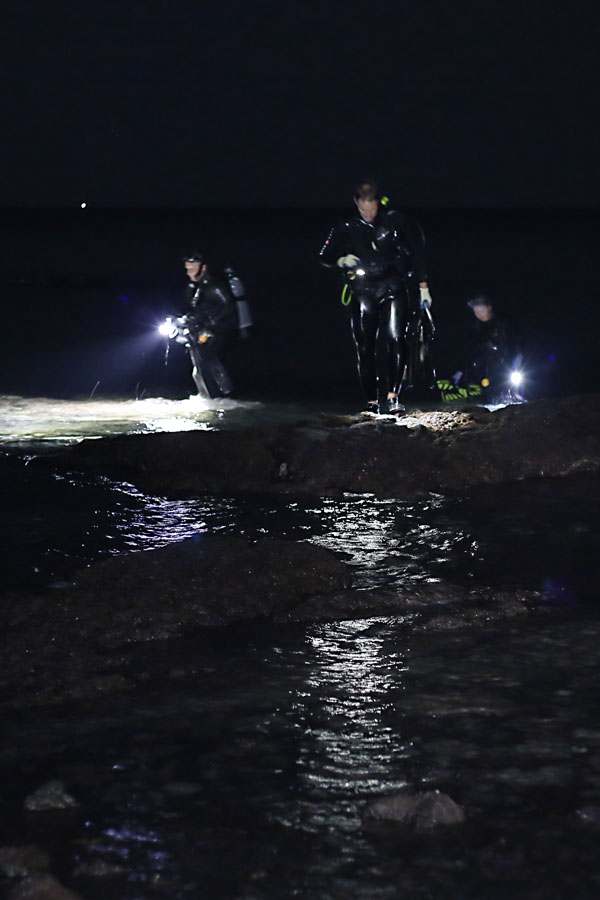
Spotting Comet C/2012 S1 ISON in the Daytime
Astrophotography is not normally a daytime activity, but there are exceptions. If a comet is bright enough, about magnitude -2 or brighter, it is possible to spot the comet in the middle of the day. Comet C/2012 S1 ISON may very well be visible near the Sun in the middle of the day.
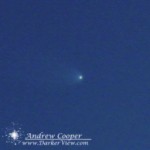
This sort of solar intensity will cause the comet to emit enormous amounts of gas and dust. It is this cloud of material around the comet, the coma and tail, reflecting the sunlight that makes the comet bright.
Continue reading “Spotting Comet C/2012 S1 ISON in the Daytime”
ISON, Mercury and Saturn in the Dawn
Not quite the dramatic comet in the dawn shot I was hoping for. The comet is just barely able to compete with the dawn glow. Still, a beautiful morning.
Waiting to see what fate holds in store for this dirty snowball as it travels through the hell of the solar corona. I will try another photo session after perihelion.
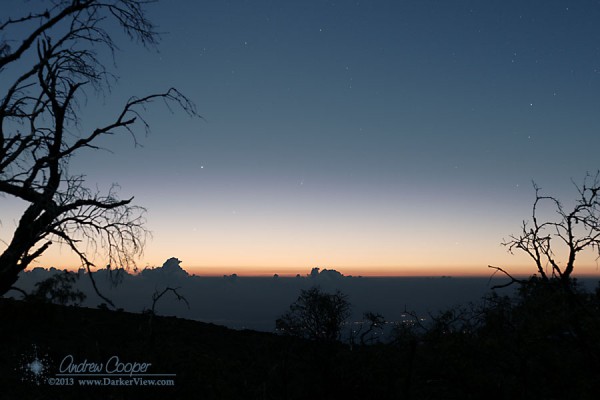
Photographing Comets in the Moonlight
Three Comets in the Dawn
While comet C/2012 S1 ISON is getting all of the attention, it is not the only comet currently visible. There are a couple other good comets available to observe or photograph. On Sunday morning I tracked down and photographed three comets.
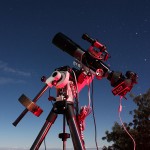
Despite following comet ISON for the last year, I had never actually observed it myself. Attempts to change this repeatedly ran into problems, either work commitments or bad weather. Over the last month cloudy skies have been more common than clear, even the big ‘scopes on the mountain losing a large amount of time to poor conditions.
Watching for ISON with Cloudcam
Wondering what comet C/2012 S1 ISON is looking like today? There is a very good camera aimed at the eastern horizon from the summit of Mauna Kea. Just what you need to take a look for yourself.
The CFHT Cloudcam is a DSLR camera that is programmed to take exposures constantly through the night. Used by the telescope operators to monitor oncoming weather, the camera shows the sky conditions over the eastern coast of the island and the city of Hilo. The images are live during the night, each morning you can load a timelapse video of the entire night.
The camera has quite a following, quite a few people check the camera constantly. This includes quite a few UFO consipracists. If anything odd shows up on the camera the video quickly shows up on YouTube and linked to postings on the UFO sites. When the launch of a missile from Vandenberg AFB in California created a glowing sphere of light these websites went into overdrive with wild speculation.
Most of the mornings this week have been too cloudy to see the comet. I have been checking the video each day. Currently at magnitude 5 the comet will be a small dot in the imagery. As the comet brightens it should appear nicely in Cloudcam.

Good Flat, Bad Flat
Another little lesson in astrophotography, one more in a very lengthy list… Do not use too short an exposure with the flat source.
Flat frames are used to calibrate out any uneven field illumination or dust in the field. This ever more important with the new camera, the larger, full frame sensor shows some vignetting at the corners. I use an electroluminescent source to do my flat frames, actually an old laptop back-light that has been re-housed in an acrylic frame. It provides an even illumination across the aperture of the telescope or lens I am using to acquire the flat field calibration frames.
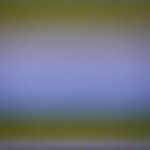
I discovered the effect as I took flats the first time with the Canon 6D. I had the ISO set to 6400 which resulted in a 1/4000 sec exposure. Fortunately I looked at the last flat and saw the problem before I dismounted the camera from the telescope, it was pretty obvious. Once the optical setup is disturbed it is not possible to re-shoot the calibration frames.

Slowing the camera down removes the effect. As I could not change the aperture I simply reduced the ISO to minimum, this slowed the shutter speed to 1/15 of a second for the nice mid-scale exposure needed for flats.
The corrected flats reveal the usual things that a flat is takes to correct. The dark corners reveal the expected uneven field illumination. the dust doughnut reveals at least one notable speck of dust on the cover glass of the sensor. There is a dark band at the bottom of the frame which I believe to be shadowing from the edge of the mirror. Looking at the flat I realize I will need to be conscientious about taking flats with the Canon 6D.




